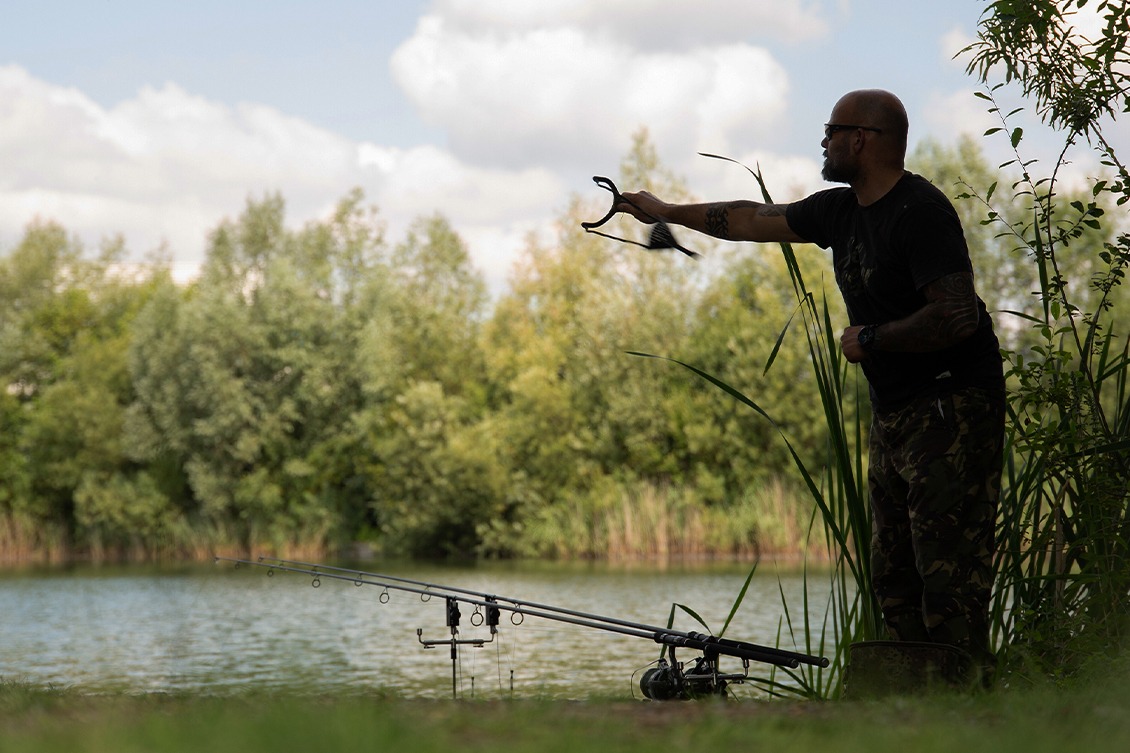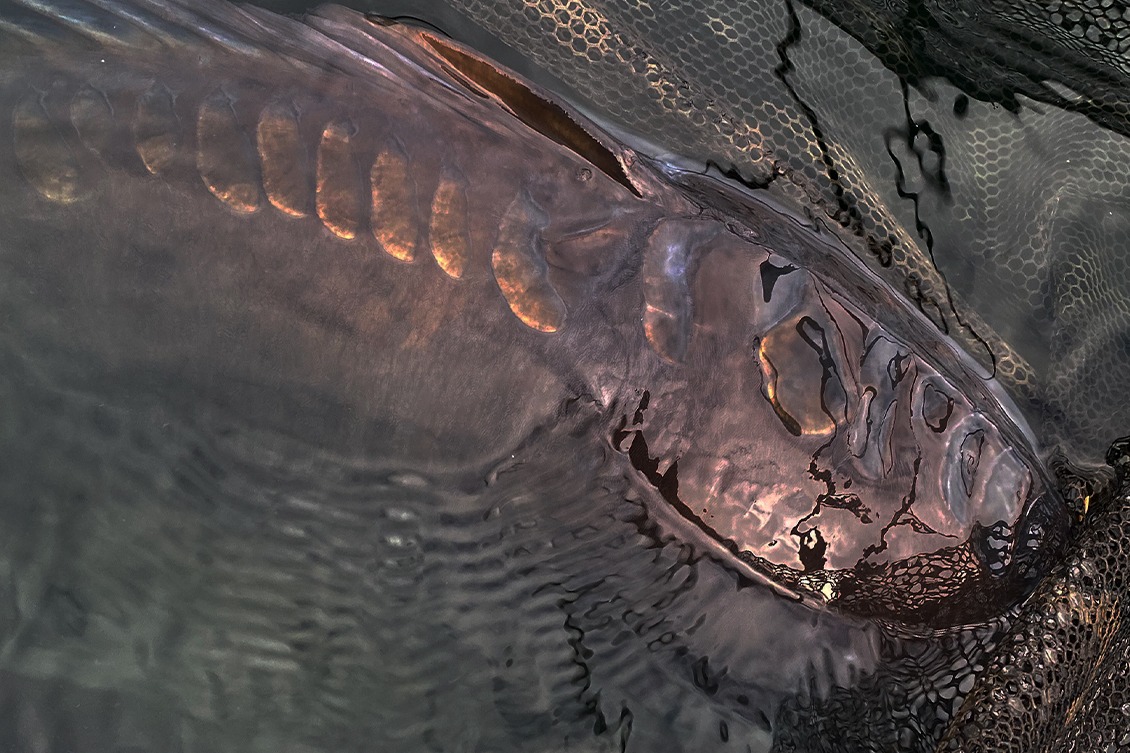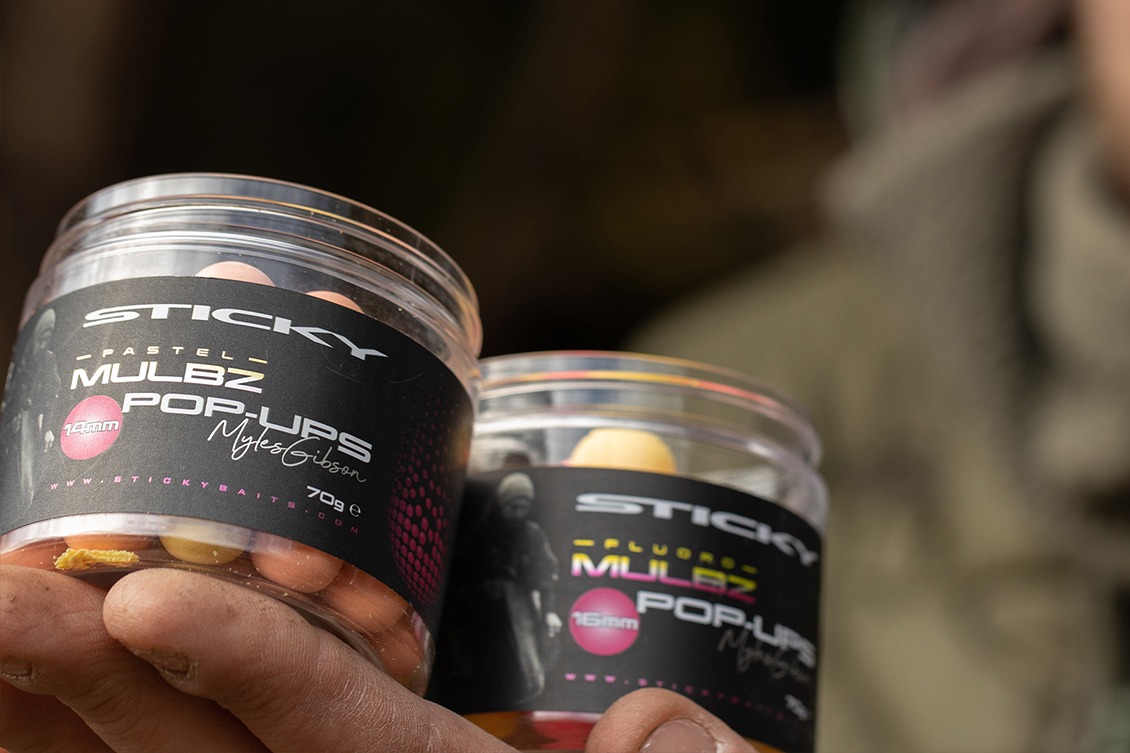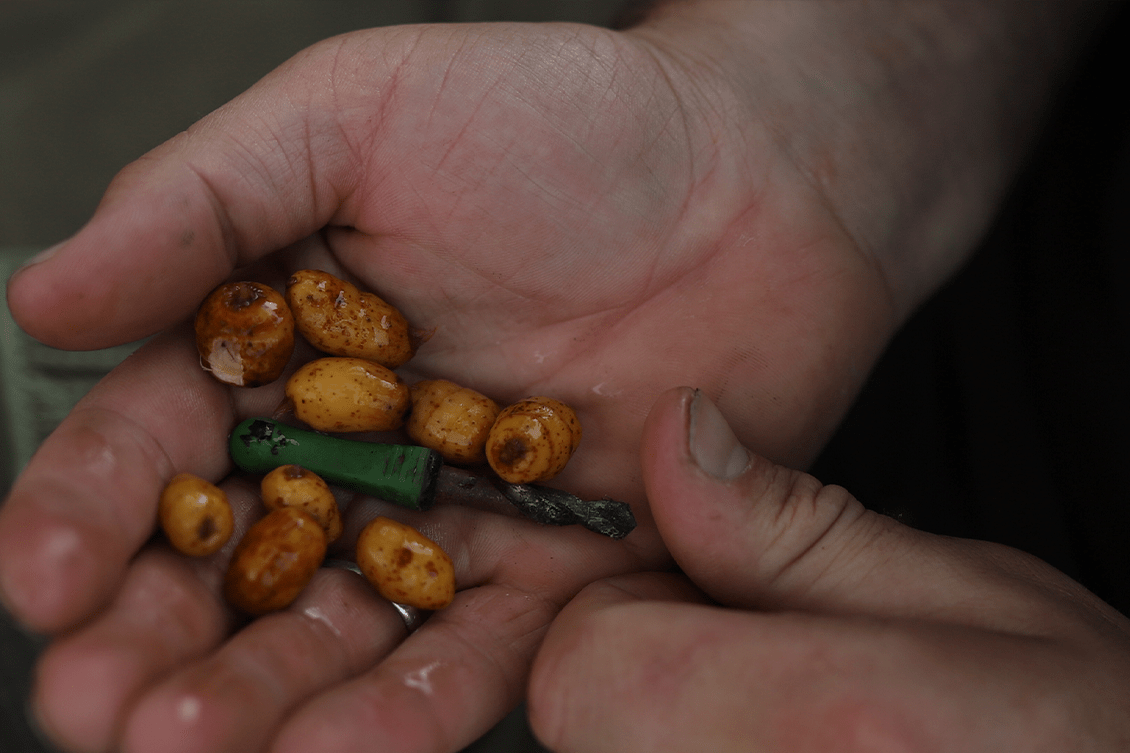

We discuss one of the most common and misunderstood topics, the transition from The Krill to Manilla in the winter months, including the reasons for and against this change.
We discuss one of the most common and misunderstood topics, the transition from The Krill to Manilla in the winter months, including the reasons for and against this change.
Ever dedicated to helping anglers catch more carp, we wanted to address probably one of the most common points of discussion on our social media channels; changing from The Krill to Manilla in the winter months. When, where and why are often asked on this topic and hopefully this piece should streamline the choices available, the reasoning behind them and help you put more carp on the bank this winter.
WHY SWITCH?
WHY SWITCH?
The first port of call is the reason why so many anglers choose to change to Manilla after a whole summer and autumn of using The Krill. For many, this stems from a deep-rooted throwback to the past where fishmeal baits of old used far too much fat in their make-up. This made them far less effective in the winter as the fish became full too quickly on a high energy diet in the cold water due to their slow metabolism.

So, other than an old school thought process, what’s the reason people swap over? Well, it’s a combination of a few things which even the most advanced fishmeal baits simply cannot avoid. There’s no denying, the attraction of a fishmeal bait like The Krill is reduced as the water cools, it’s just science. The soluble elements of The Krill are all much more effective in warmer water and so your bait won’t be as attractive; all be it minimally. Secondly, as previously mentioned, carp cannot eat as much rich fishmeal in the winter, even one as well rounded as The Krill, as they can in the summer. This is the main reason why people switch to Manilla, as you can use more bait, create more opportunities, and keep the fish moving around the lake right through the year. Manilla is the key to a lot of successful winter campaigns because of this exact reason!
WHERE TO SWITCH
WHERE TO SWITCH
The Krill was made using a far more modern technique with much more fish friendly ingredients and as such can be used throughout the year. That’s right, if you truly don’t feel the need, or haven’t got the confidence to leave the Krill behind there’s no need to change. This becomes especially prevalent on venues where fishmeals outscore nut-based baits. It’s very clear that certain venues respond better to certain types of baits, almost as if the carp have developed sweet and savoury preferences. From the outside looking in, it might seem like a completely mental concept, but there is an awful lot of evidence out there to prove this theory right.
If there’s a distinct and harsh ratio in favour of a specific type of bait, you may find changing is detrimental to your results in the end. This can of course work both ways, as many anglers have proven throughout the years, Manilla and Krill can be used 365 days a year. If there’s no favour for a particular type of bait, then this is the perfect venue to try switching to Manilla in the winter months. It will open more opportunities for you due to the increased digestibility in cooler water temperatures, which should hopefully lead to a better catch rate than sticking with something like The Krill.
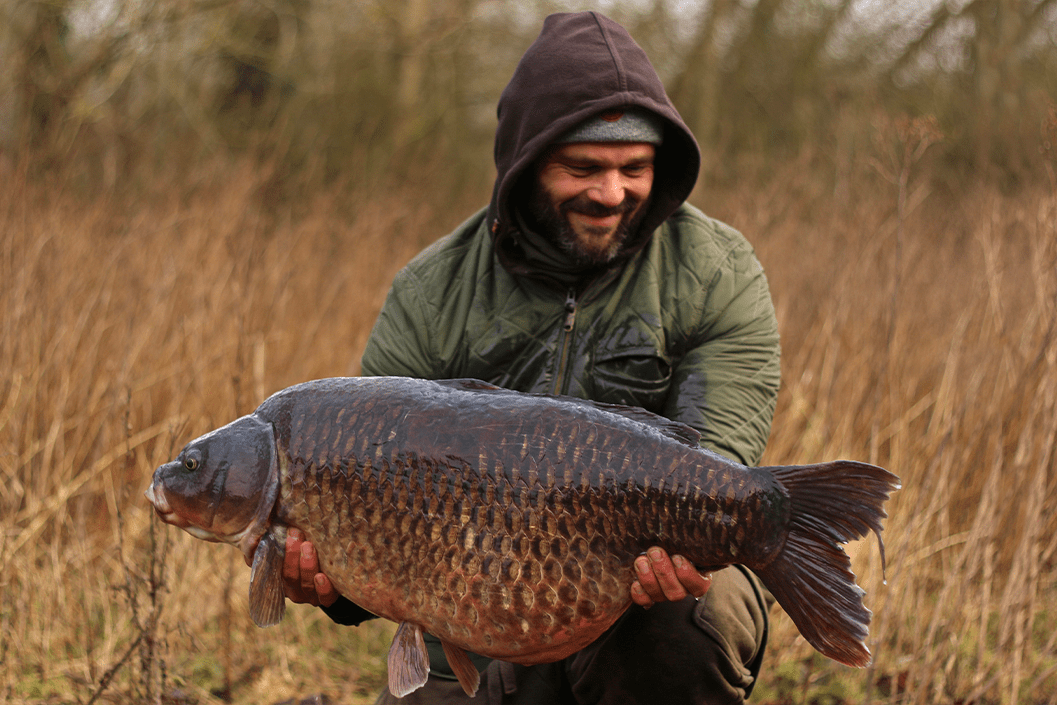
WHEN TO SWITCH
WHEN TO SWITCH
This is without doubt the most common question posed to us on social media, anglers have confidence they are ready to switch over their bait but aren’t sure when. There’s no date on the calendar marked Switch Your Boilies Day, so in essence the choice is entirely personal. If you are seeing signs of your action slowing down, maybe the weather takes a drastic dip in temperature or other anglers are reporting bumper catches on sweeter baits, then that is the tie to take your chance and switch.
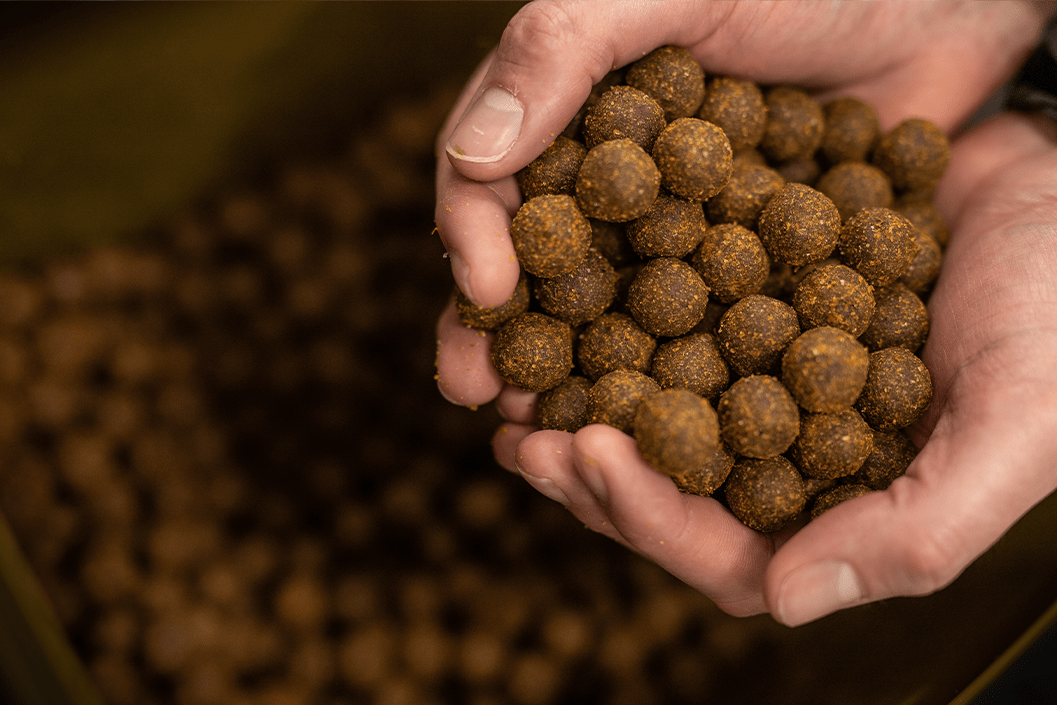

Many big fish anglers who continue their campaigns through into the winter prefer to slowly change baits over a month or so. Mixing Manilla with Krill is something a lot of anglers find the perfect compromise, especially in the tail end of autumn and early part of winter. Eventually, their pre-bait and in session feed will change to Manilla when the conditions are defined as classic winter frosts, sub-zero temperatures, and cold winds. By the time this comes along, even if the fish were partial to a fishmeal, they will be conditioned into eating Manilla and should continue to do so until you decide otherwise.



